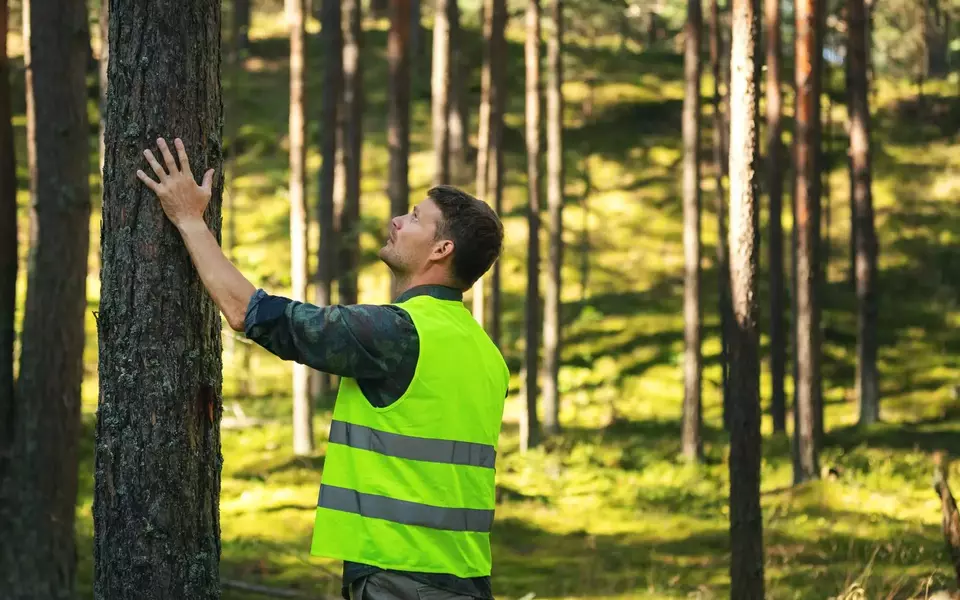Usage conflicts and large-scale shut-downs
Secondly, the 16 million families that own forests in Europe do not pursue the same interests. Forest owners from the cities, in particular, have long operated independently of log markets and prices. “Up to 50 percent of forest owners don’t even hear our call for forest management,“ Rosenstatter laments. Adding to this are other groups such as investors that sit on this “green gold“ waiting for better credit conditions and NGOs that aim for untouched forests by buying up forests. All these trends together exclude large parts of Europe's forests from utilisation – and the trend is increasing.
Good relations between forest owners, forestry and the timber industry are the prerequisite for sustainable forest management.
Rudolf Rosenstatter, Federal Chairman of the Austrian Forestry Association, Chairman of the Forestry Association of Salzburg and Chairman of proHolz Salzburg, explained why this is in his lecture at the invitation of the Pfeifer Group. “Not only the classic forests themselves, but also the forest owners and the entire society are changing,” stated the convinced advocate of the use of wood. Extensive sports and recreational activities as well as nature conservation efforts, some of which are radical, collide with harvesting activities directly on site.
